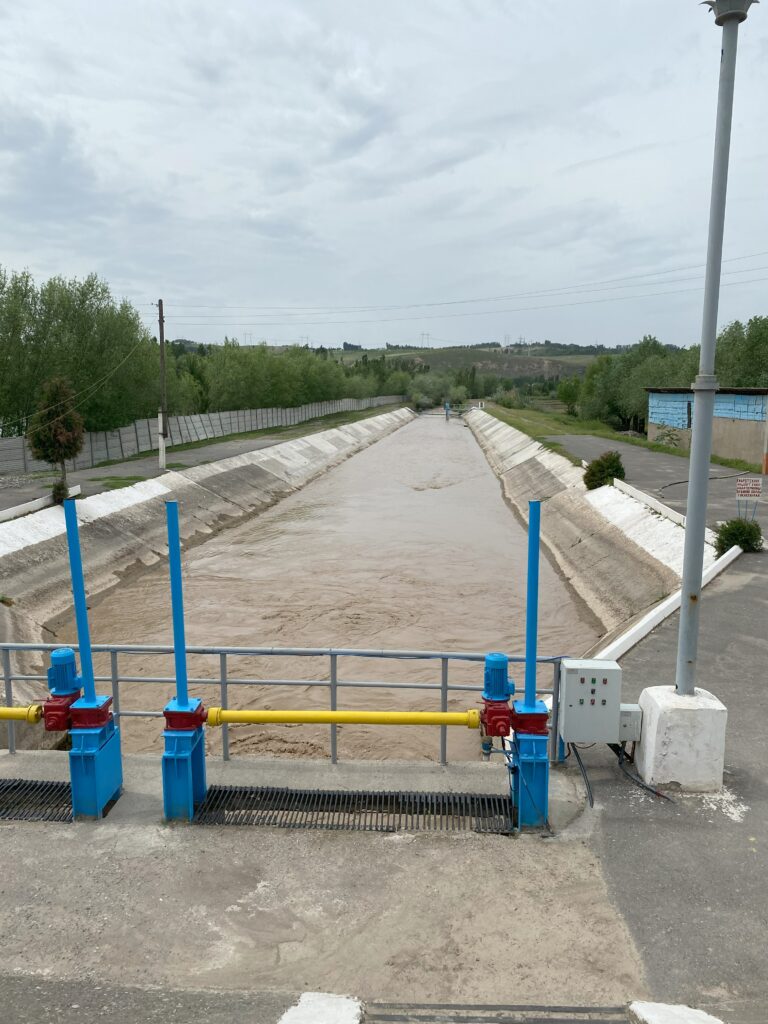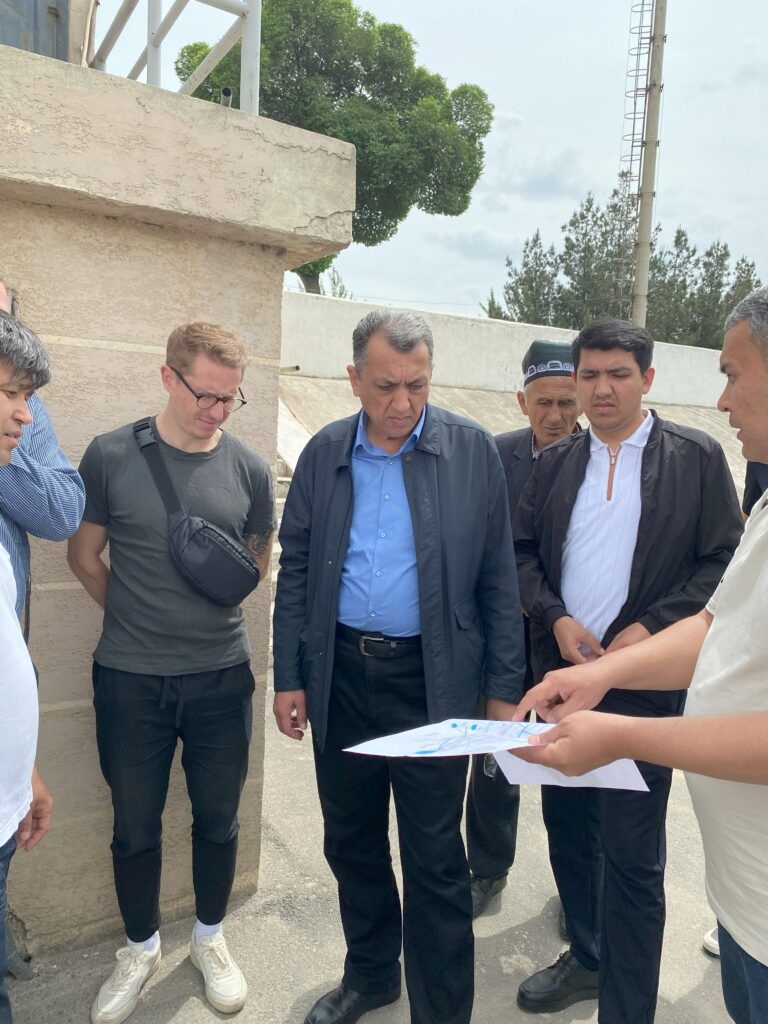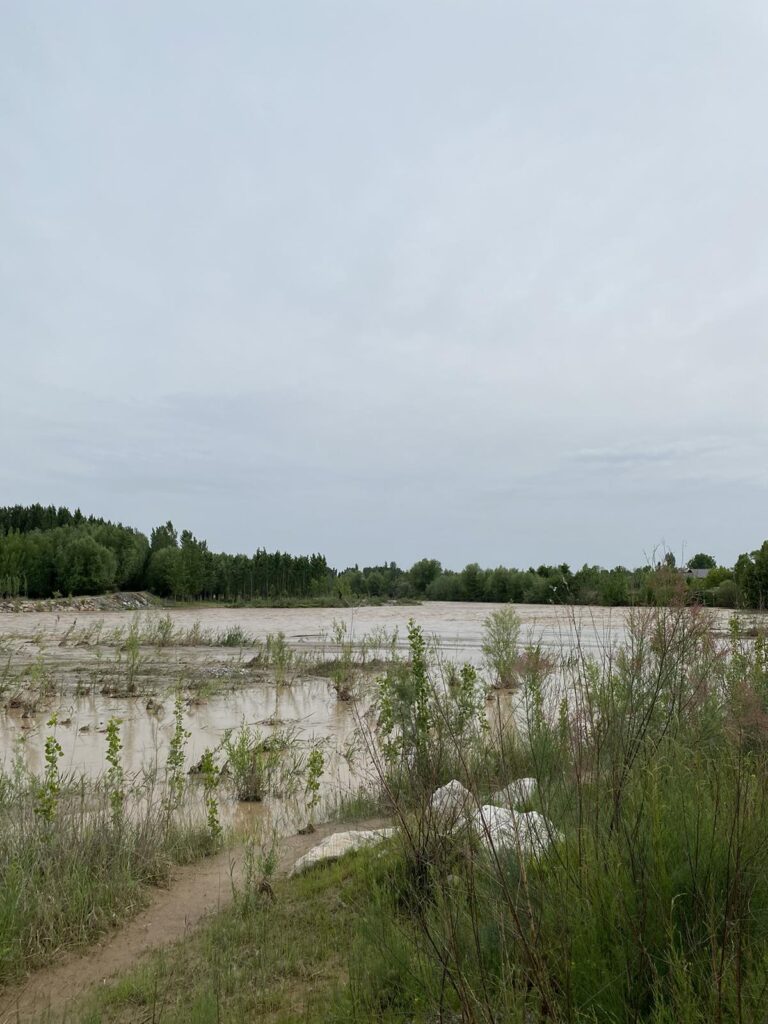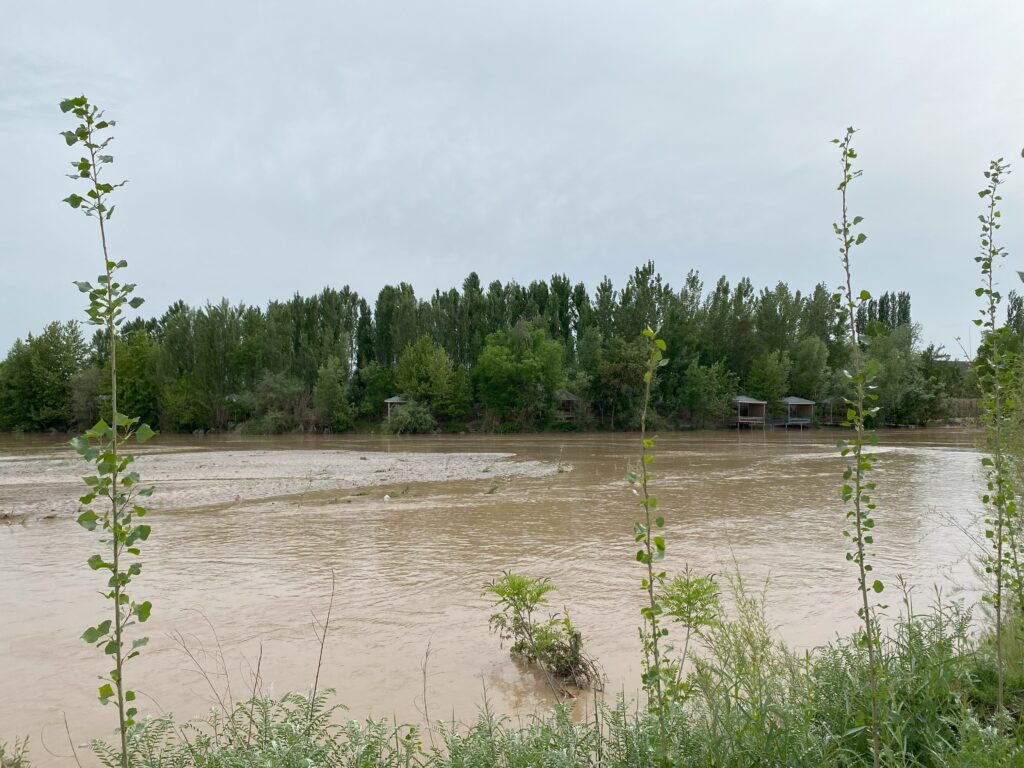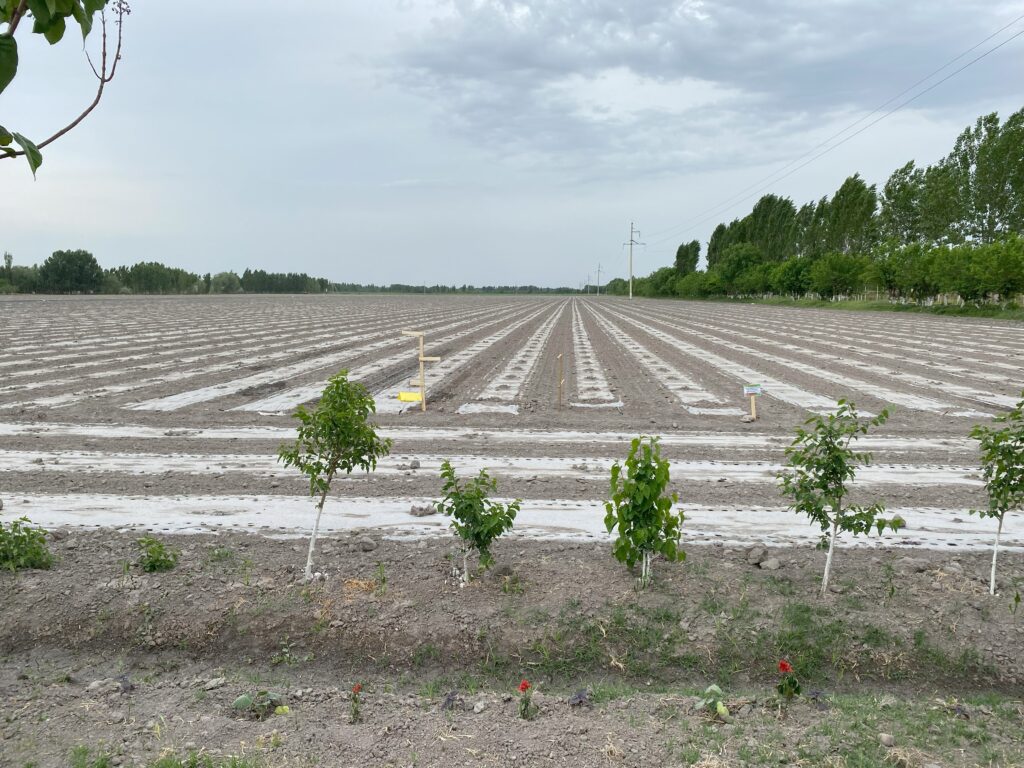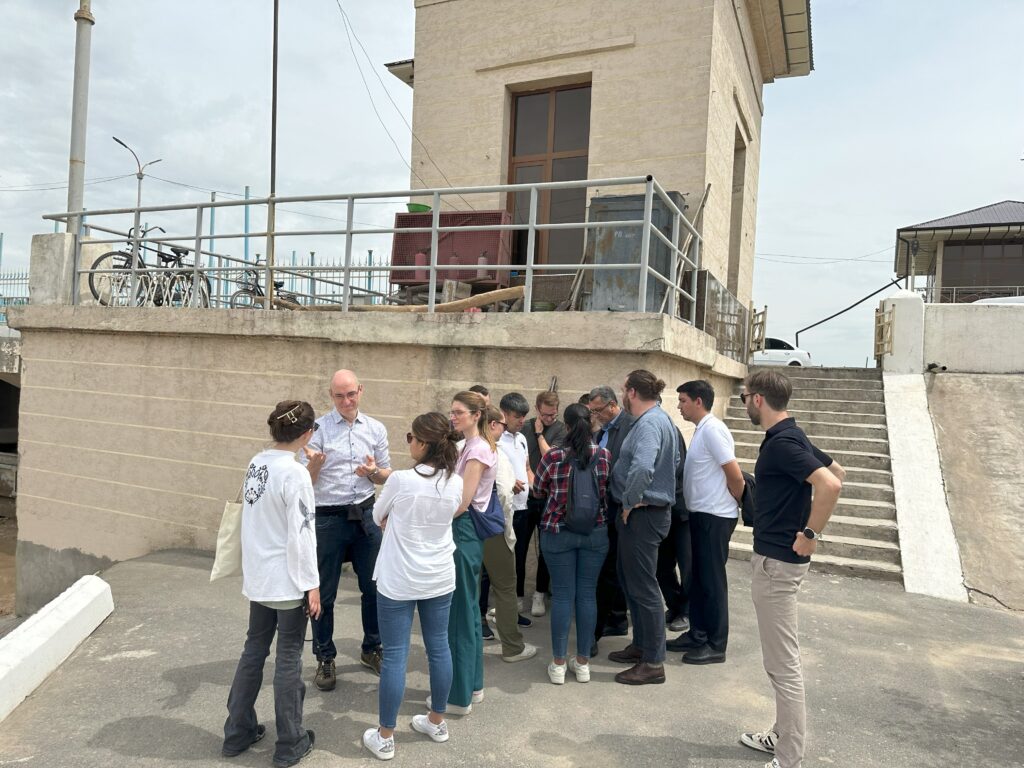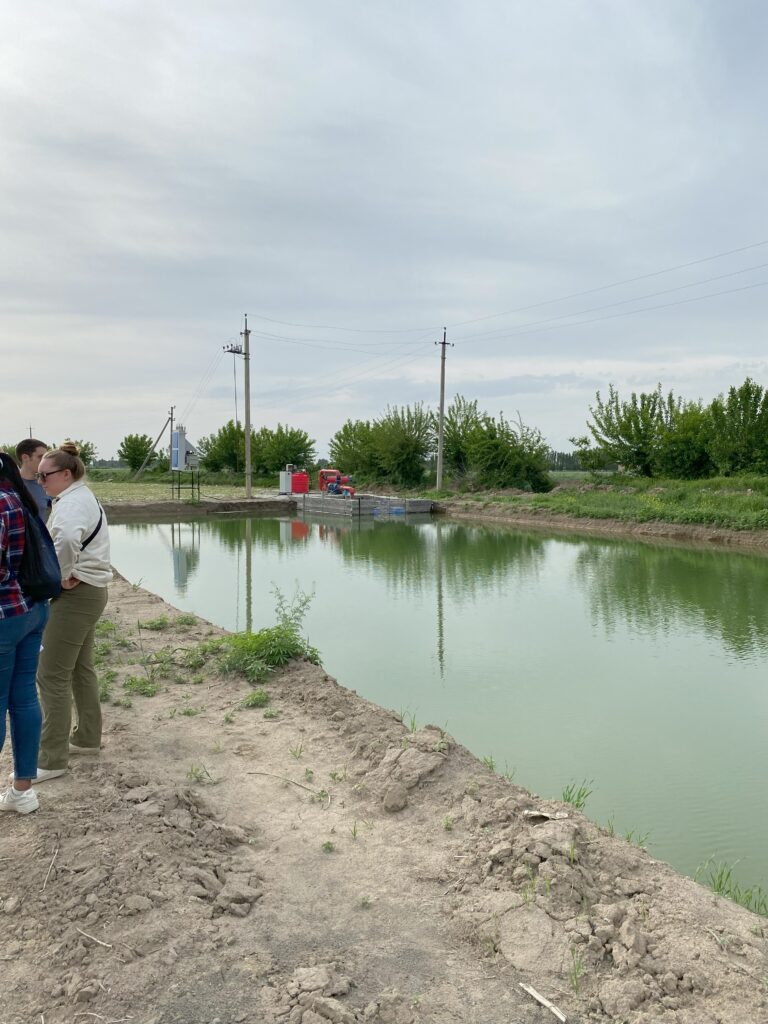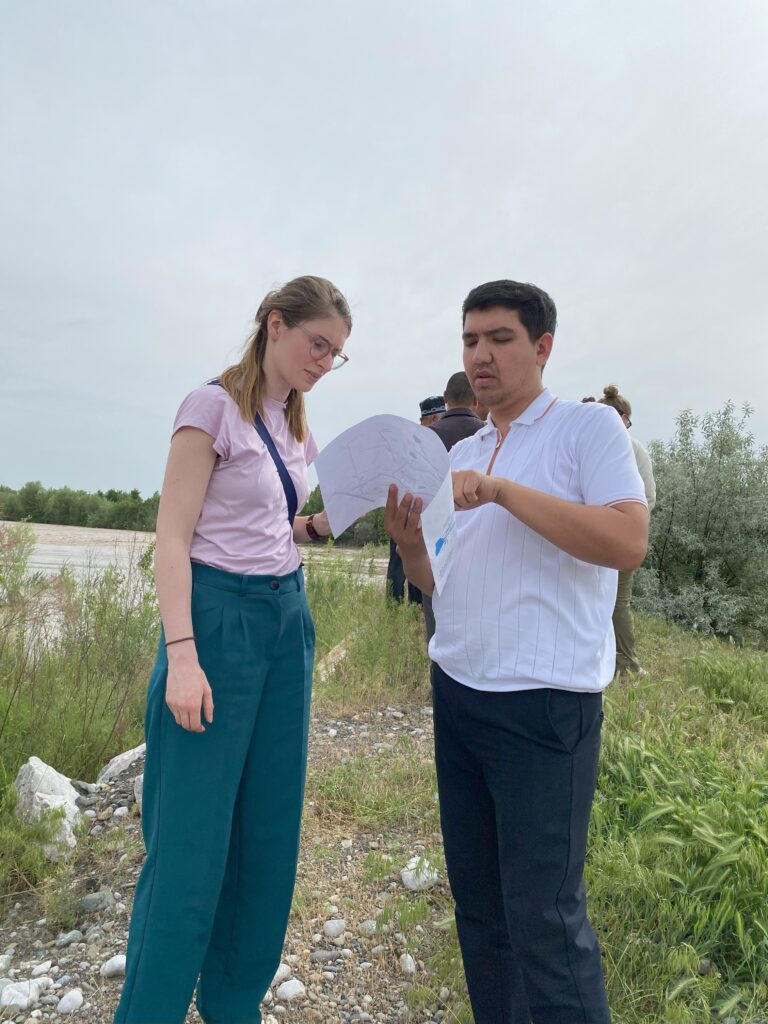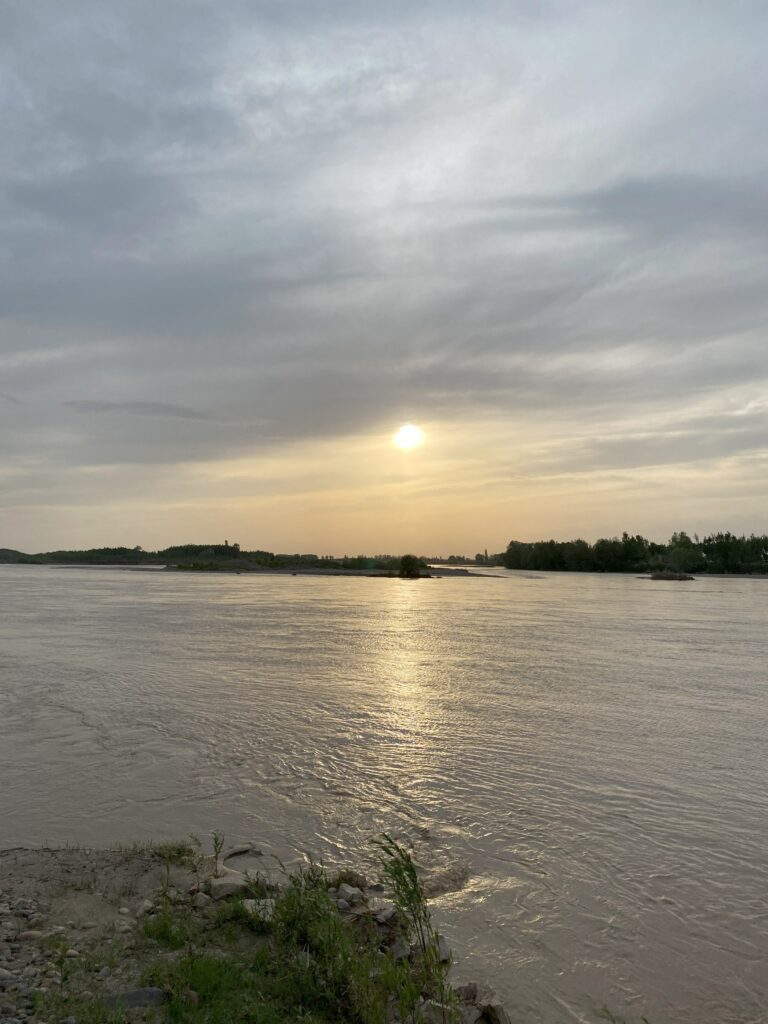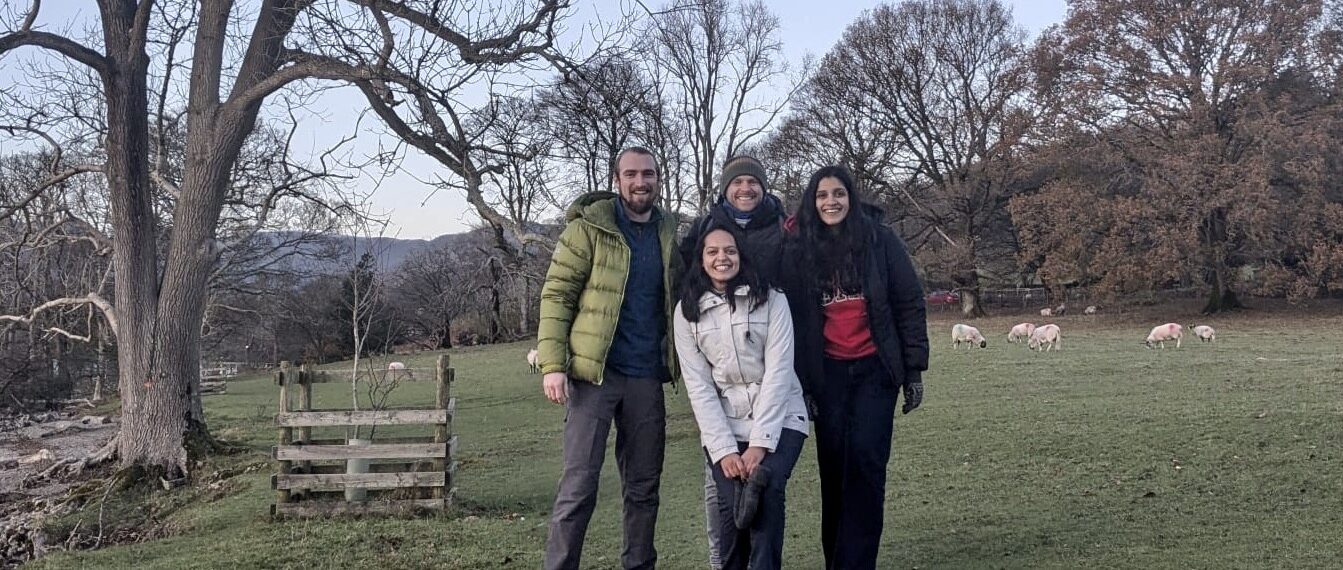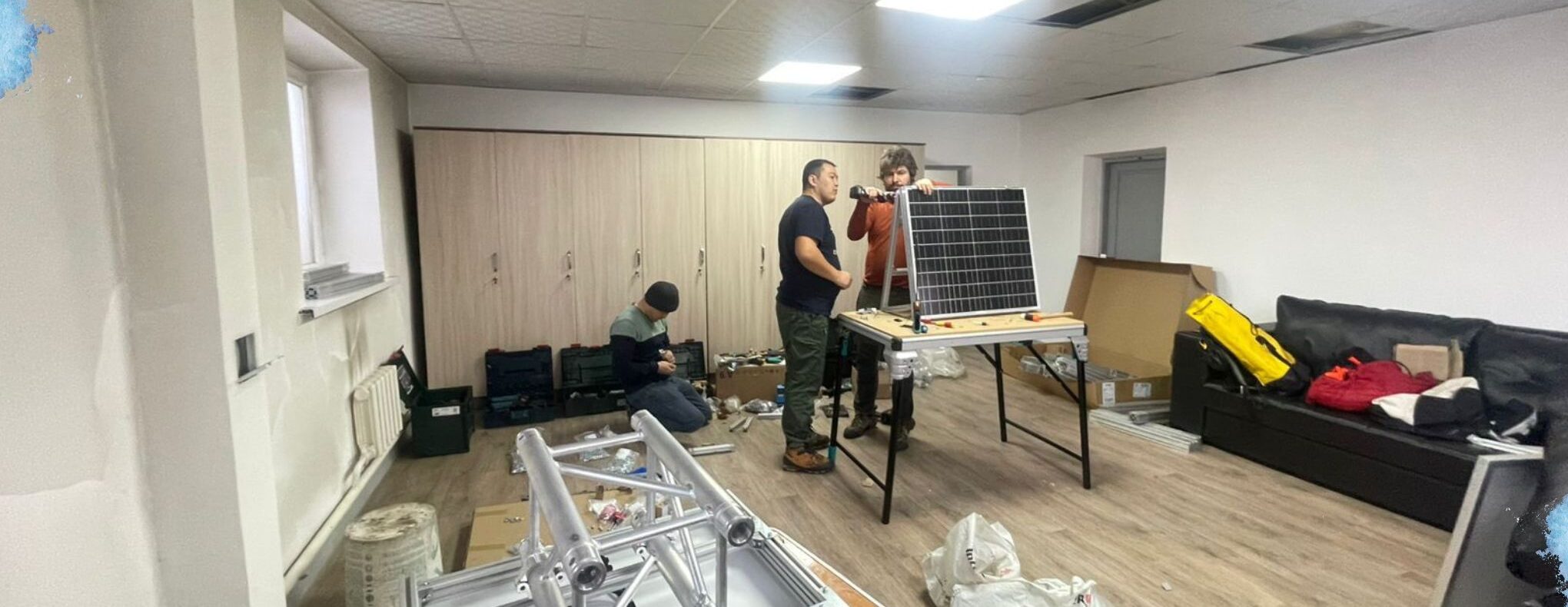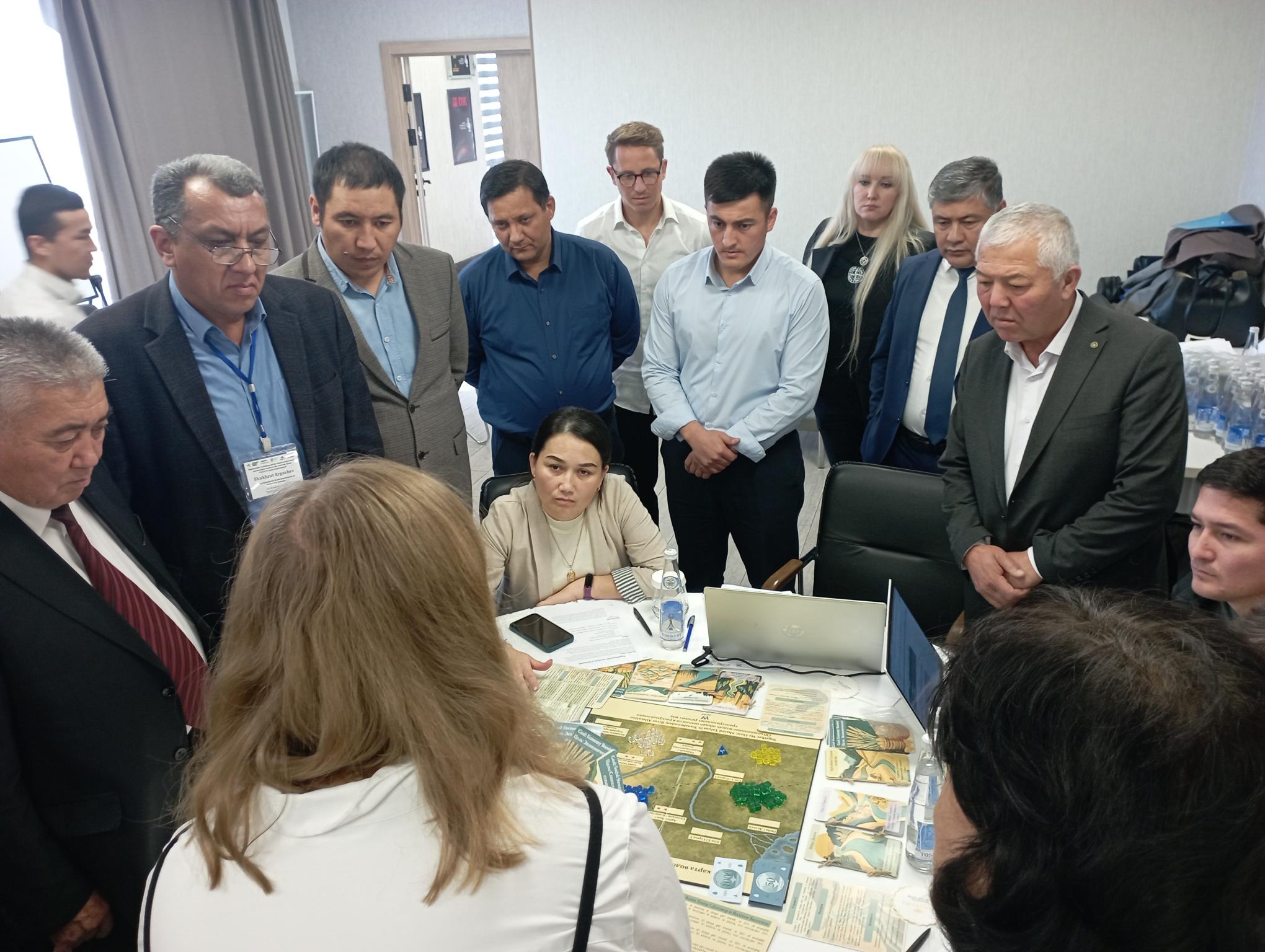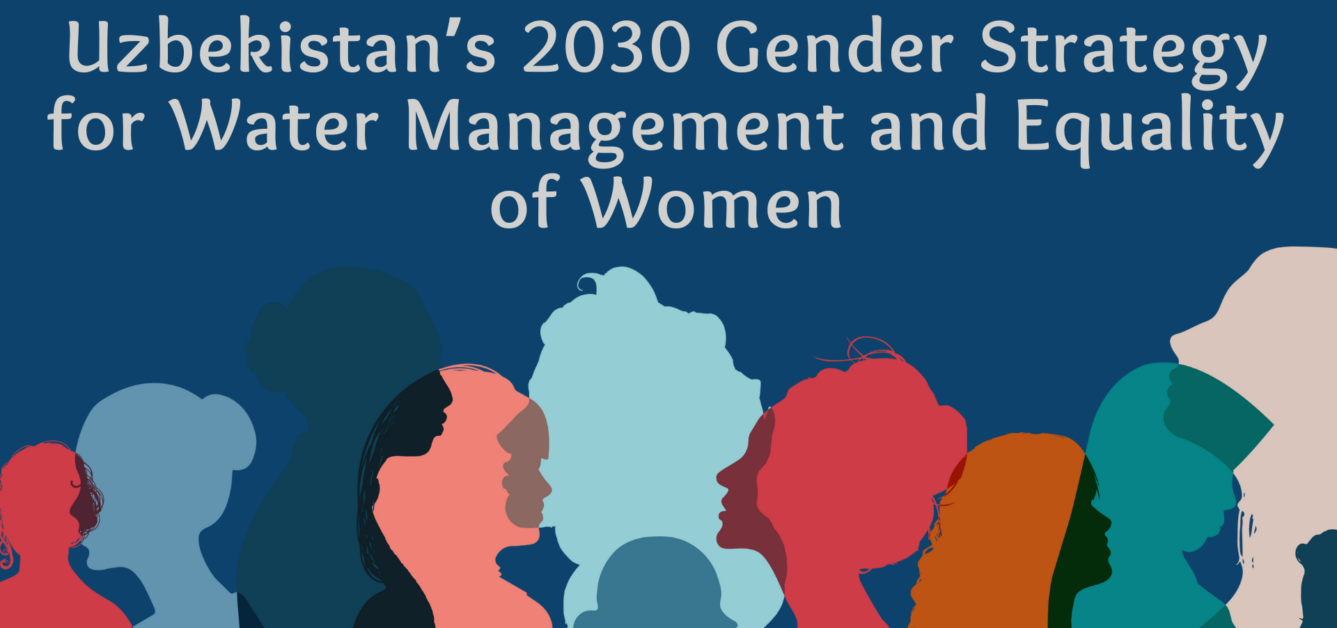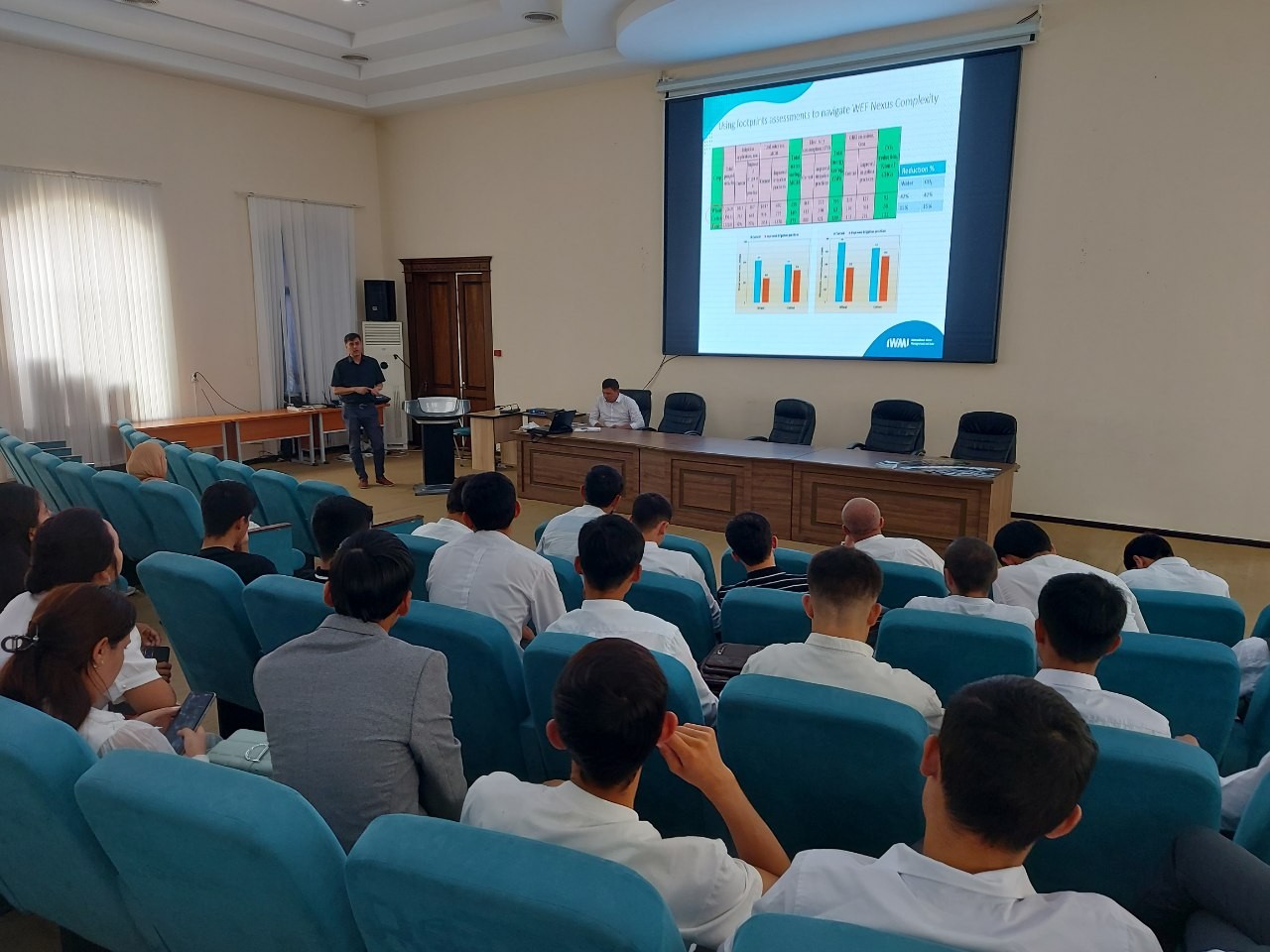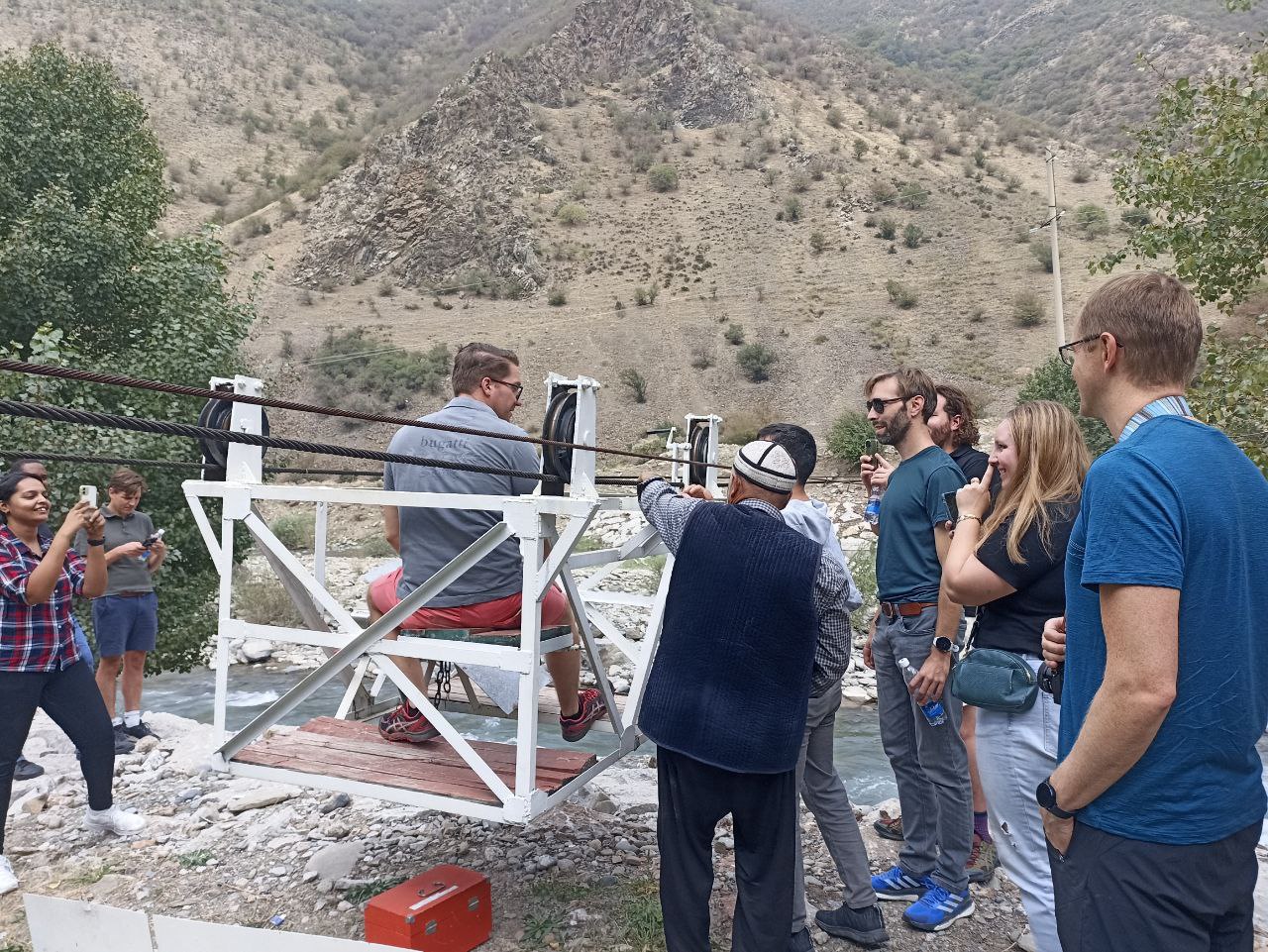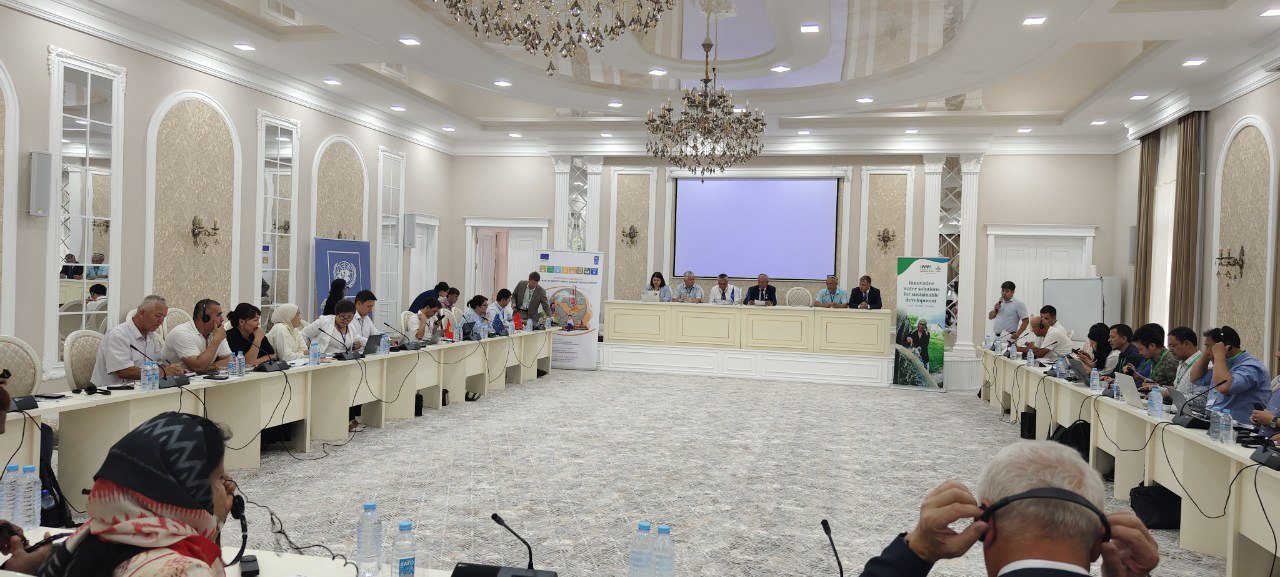Fergana Valley, Uzbekistan — During General Assembly week, the WE-ACT team went on a one-day field trip to the Fergana Valley to discover its stunning landscapes and rich cultural heritage. The visit not only provided an insight into the region’s natural beauty but it also provided important information that helped us better understand the area central to our work. Exploration of the Andijan region, provided valuable insights that will benefit our current and future tasks.
The Splendor of the Fergana Valley
The Fergana Valley, renowned for its fertile lands and picturesque scenery, welcomed us with its lush greenery and vibrant agricultural fields. This valley, often referred to as the “Pearl of Central Asia,” is one of the most densely populated and agriculturally productive regions in Uzbekistan.
Exploring the Andijan Region
As the trip ventured further, the team arrived in the Andijan region, a place rich in history and culture. This region is also highly important for its hydrological monuments.
Located on the Kara Darya River, the Andijan Dam is a monumental structure that plays a critical role in the region’s water management. Constructed to harness the flow of the Kara Darya, the dam creates the expansive Andijan Reservoir, essential for irrigation, flood control, and water supply.
The Andijan reservoir, which reflects the bright blue sky and surrounding mountains, provides the region’s lifeline. It supports agriculture and ensures a stable water supply for the communities dependent on it. The engineering prowess behind the Andijan Dam was awe-inspiring as we learned about its construction, maintenance, and vital role in sustaining the local economy.
The Kara Darya and Syr Darya Rivers
Journey continued by tracing the path of the Kara Darya River. Originating in the mountains of Kyrgyzstan, the Kara Darya flows into Uzbekistan, where it converges with the Naryn River to form the Syr Darya, one of Central Asia’s major rivers. This confluence is a breathtaking sight, symbolizing the merging of natural forces that shape the region’s landscape.
Stretching over 2,200 kilometers, the Syr Darya River is a lifeline for Uzbekistan, Kazakhstan, and Tajikistan. It irrigates millions of hectares of farmland and supports a diverse range of ecosystems along its course. Standing at the confluence of the Kara Darya and the Naryn River, we marveled at the sheer scale and significance of these waterways.
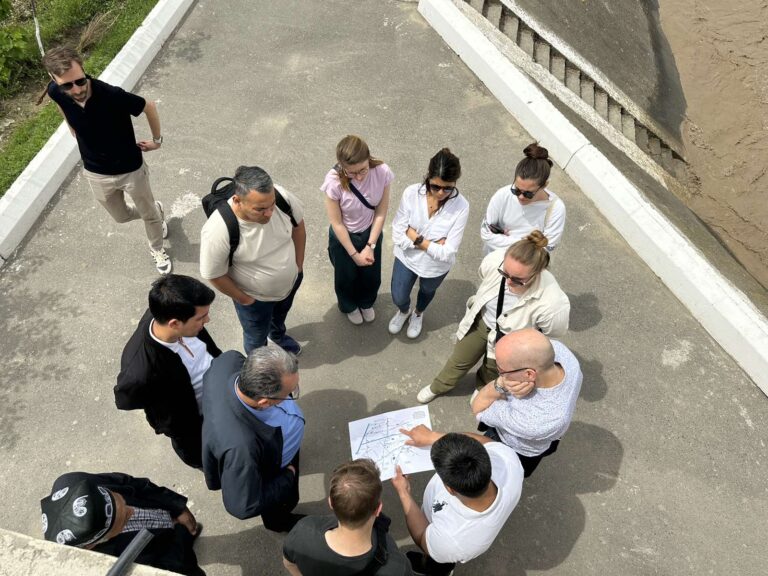
Visiting Local Farmers
One of the most enriching parts of the field trip was the visit to local farmers. We were warmly welcomed into their fields, where we saw firsthand the traditional and innovative irrigation systems they employ. The team observed traditional furrow irrigation, where water is channeled through small ditches between crop rows, and more advanced systems that deliver water directly to the plant roots, minimizing waste. These innovative systems are crucial in a region where water is a precious resource, and their adoption reflects the farmers’ resilience and adaptability.
This visit was particularly important for the modeling team, providing critical insights into water demand and usage patterns. Understanding these practices is essential for accurately modeling water demand and predicting potential environmental flow violations. The data gathered from observing these irrigation methods will enhance our ability to develop sustainable water management strategies, ensuring that both agricultural needs and environmental standards are met.
Reflecting on the Journey
A field trip to the Fergana Valley was an unforgettable experience that enriched our understanding of Uzbekistan’s natural and cultural heritage. WE-ACT team left with a profound appreciation for the intricate balance between nature and human innovation, exemplified by the Andijan Dam and the majestic rivers that traverse this land.
However, the visit also highlighted some of the pressing challenges the region faces. Water allocation remains a contentious issue, with competing demands from agriculture, industry, and households. The reliance on traditional irrigation methods, while culturally significant, often leads to inefficient water use and higher losses. Furthermore, the impacts of climate change pose additional threats to water availability and distribution.
These challenges underscore the importance of sustainable water management practices and regional cooperation.
This journey reminded us of the critical need to balance development with sustainability, ensuring that the natural beauty and resources of regions like the Ferghana Valley are preserved for future generations.
